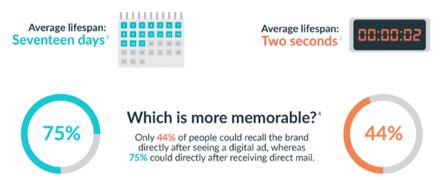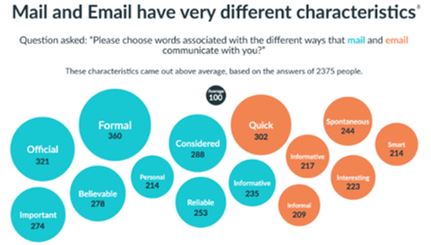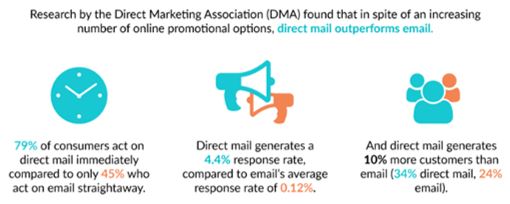With January Comes Opportunity
It may seem counterintuitive to ramp up your marketing in January, but there are several valid reasons why not cutting back or going dark makes more sense.
- Tax Refund: Very few people wake up in the morning and decide to buy a vehicle that afternoon. Usually, there is a catalyst. Expensive car repair or one on the horizon, year-end bonus in hand and ready to spend, anticipation of a tax return earmarked for a new vehicle. Customers are in the shopping mode and you need to be visible.
- Year-end Trade-ins: Having quality trades from year-end sales and not telling anybody is like winking at someone in the dark. If you don’t put strong marketing in place to let the public know, then you know what you’re doing, but nobody else does.
- Momentum: Dealerships run on momentum. Sales beget sales, service begets service and you can feel positive attitudes throughout the dealership. Keeping momentum after the yearend is the hardest mental challenge you’ll face all year. Continued advertising shows your team and the public you’re the place to do business.
- Competition: The car business never stops. Consumers don’t take off days. If they’re even thinking about buying a vehicle they are online and paying attention to advertising. What they are looking for is an excuse to pull the trigger. A reason to buy now. If you’re not providing a reason, the competition will.
- Hiring: Your dealership needs quality staff that can offer a top-notch customer experience on both the sales and service side of the business. For each day your dealership has an open sales role, you can lose up to $800 in gross profitability, and this number jumps to $1,200 for open service roles. December and January are also high-volume months for job applicants. Businesses across industries see an increase in job applicants throughout December and January, as employees start setting personal and professional goals for the coming year. You compete with other dealers. The dealer seen as aggressive and supportive of their people will get more consideration.
- Profits: Rarely does anyone ever save their way into a profit. You have to sell something, and for that you’ll need traffic. The only sure way to generate traffic is to be out there. You won’t get a hit if you don’t swing the bat.
The smart money?
We admit that January is a buyer’s market. As such, we have specific opinions on where is the best place to spend your money.
Digital
- Consumers spend an average of nine hours researching online before walking into a dealership, visiting an average of seven automotive sites, including manufacturer, dealer, and third-party websites.
- The most influential factors in consumers’ selection of a dealership are, by far, a low price and having the right inventory. In fact, consumers are almost twice as likely to pick a dealer that identifies as having the “lowest price” over reputation.
- Consumers prefer to do the majority of fact-finding online, and face-to-face communication becomes increasingly important to them at the end of the process, analysts report. More than three-quarters (76 percent) of consumers think they will get a better price by negotiating in person as opposed to online.
Service Lane Marketing
- Your customers are your #1 source of new business.
- Sales tools are available to identify customers in a position to trade.
- 80 percent of sales emerge from appointments made online. Only in the service lane can a dealership talk to a customer ahead of time.
- January is the perfect month to work the service lane due to it being in the heart of winter with two or three more months to go.
We’re not saying to go wild and bust the budget in January. What we are saying is there are still plenty of customers, and with a little effort and a little budget, you can keep your dealership motivated, maintain year-end momentum, and increase your profits.



